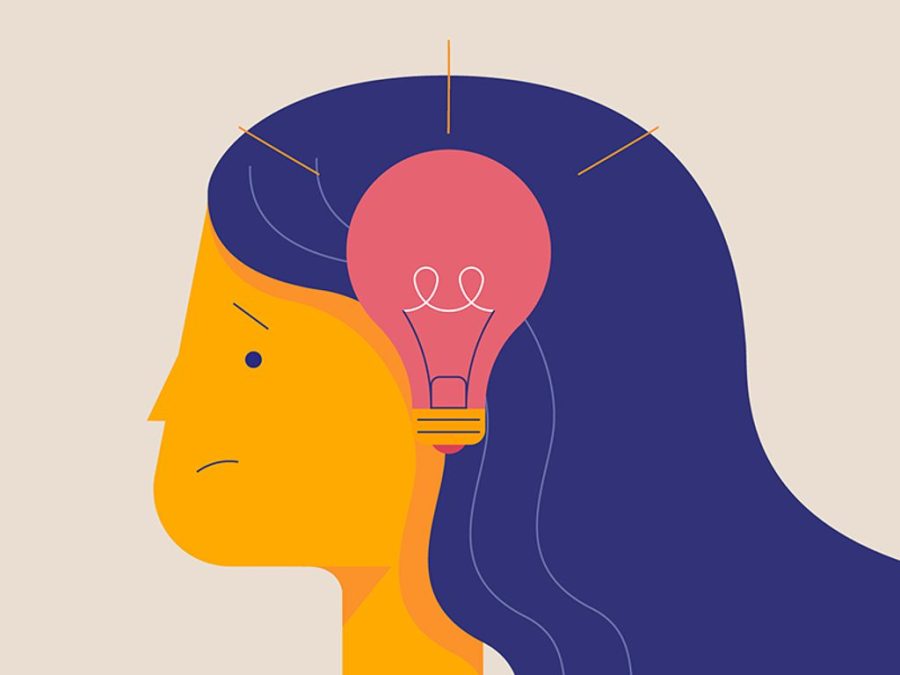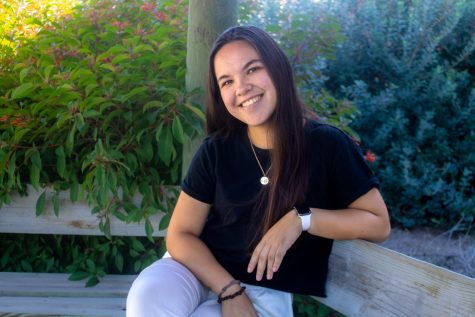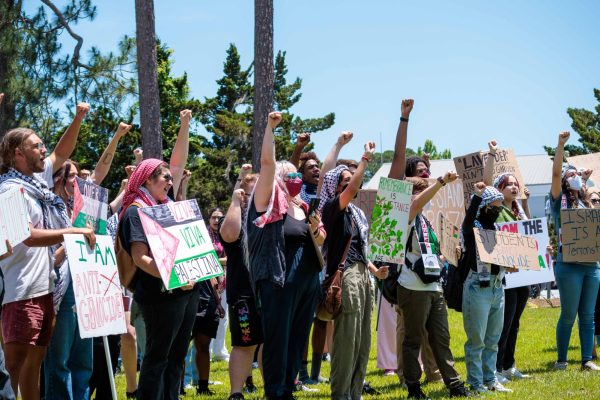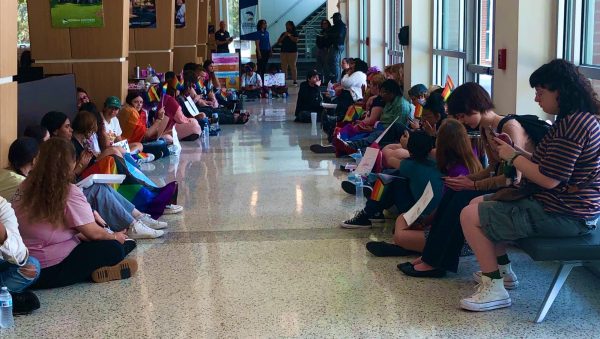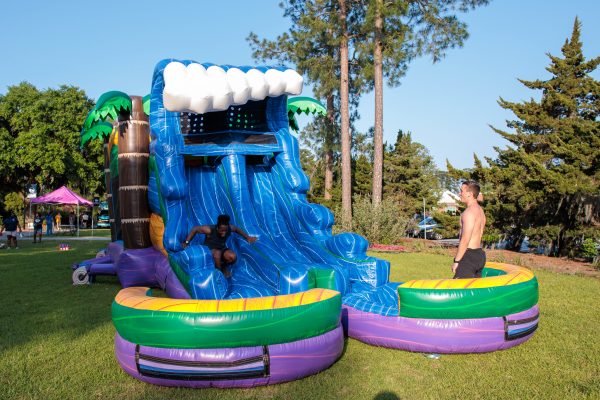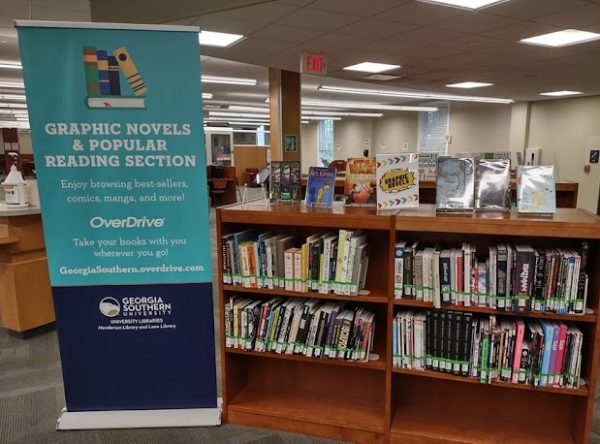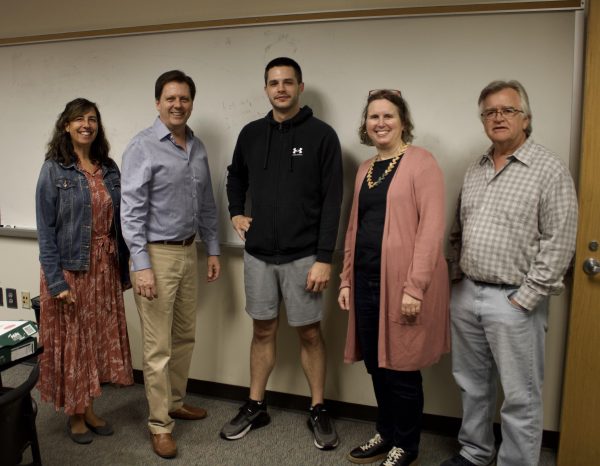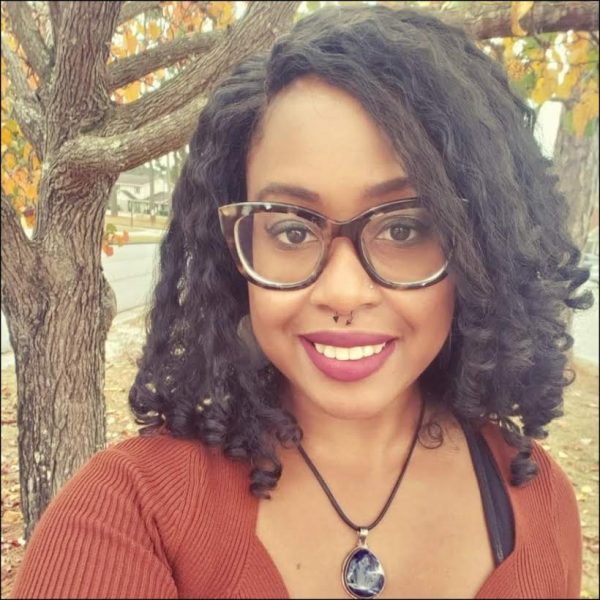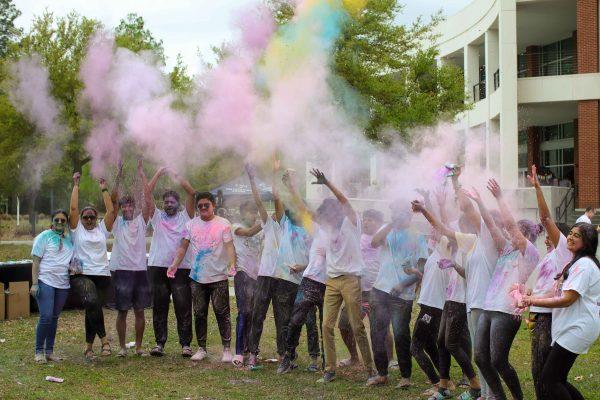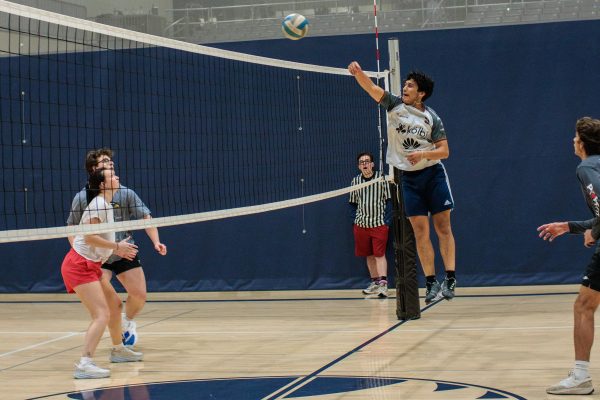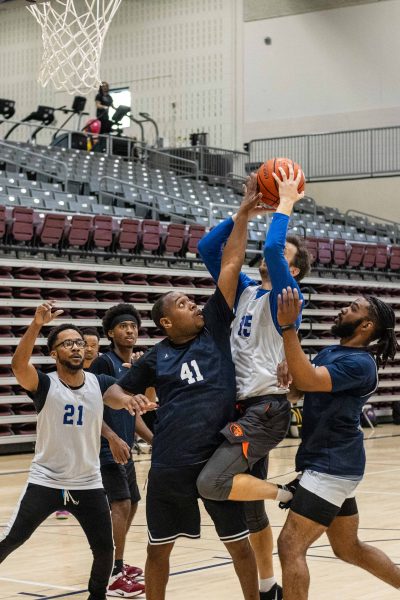Eagles Get SAD Too
Image pulled from Google photos under the creative commons license
You may have heard the term “seasonal depression” get thrown around lately, but seasonal depression (or seasonal affective disorder) is accurate.
Traditionally, seasonal affective disorder gets categorized as depression associated with changes in the season. More specifically, changes in the season. These changes result in no sunlight and gloomy, cold weather that we’ve seen a lot lately here at Armstrong.
You might recognize seasonal depression as an overwhelming feeling of hopelessness accompanied by fatigue and social withdrawal, which is especially common this time of year.
Seasonal depression can be responsible for a sudden drain in your energy as well as any shifting emotions you may feel.
Have no fear; this disorder usually resolves when the sunshine of spring and summer comes around.
In the meantime, you can ease your seasonal depression through phototherapy, also known as light therapy. This is simply exposure to artificial light. Over the years, this kind of therapy has gotten seen as a first-step treatment for the symptoms of seasonal affective disorder.
Another, possibly easier, way to treat symptoms of seasonal depression is through engaging in more social activities- whether that’s different activities on or off-campus or just creating a change of pace in your daily routine.
By engaging in more social activities and staying connected with others, we can decrease times of isolation and begin to boost the levels of serotonin we have on a day-to-day basis.
Seasonal depression is something we all face in one way or another. Until we start to see sunshine every day in Savannah, it’s important to take advantage of the rare sunny days we see this time of year.


